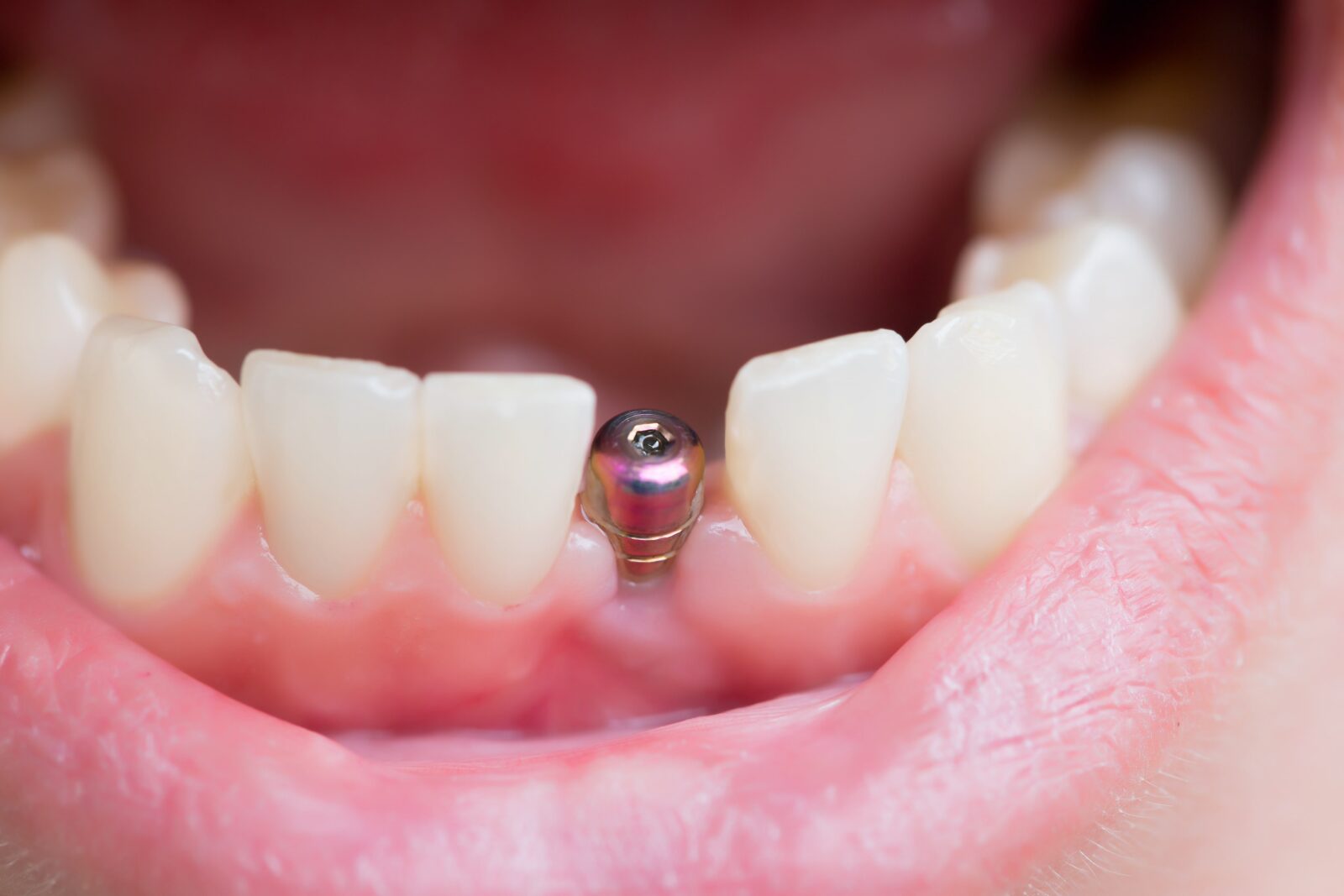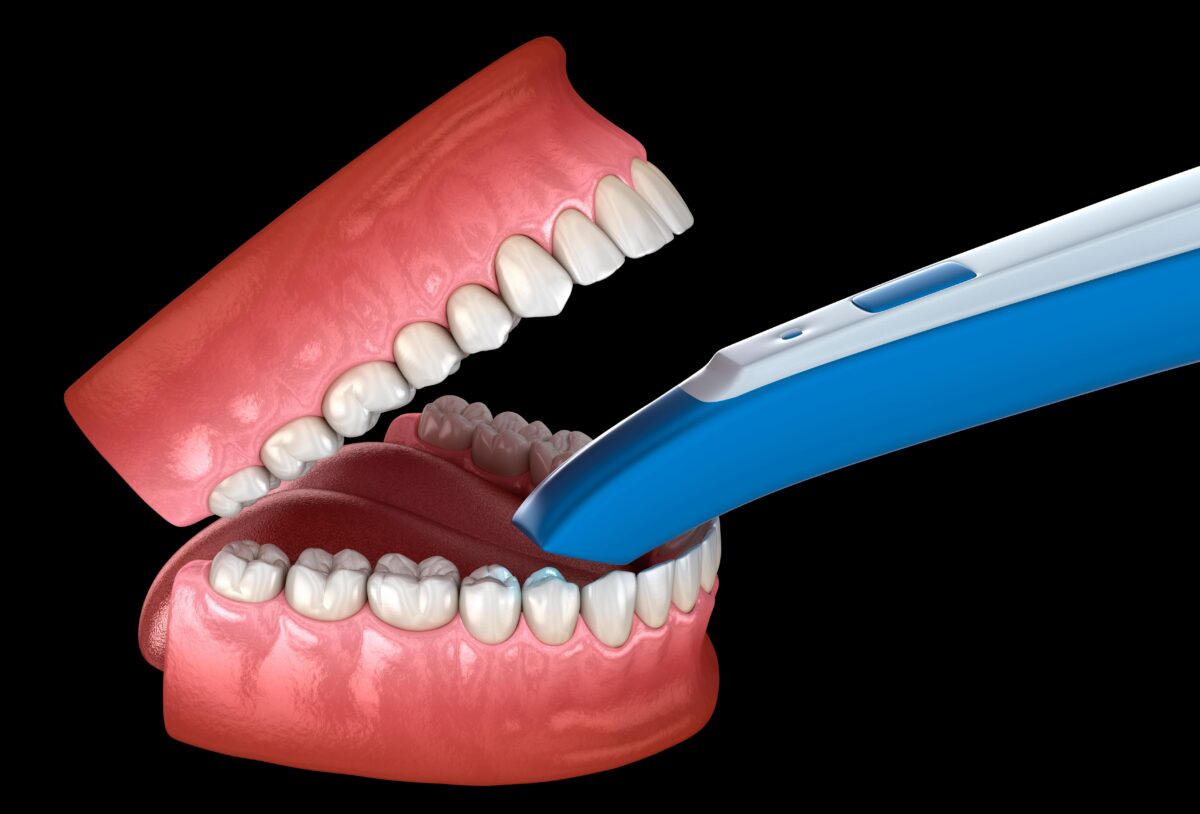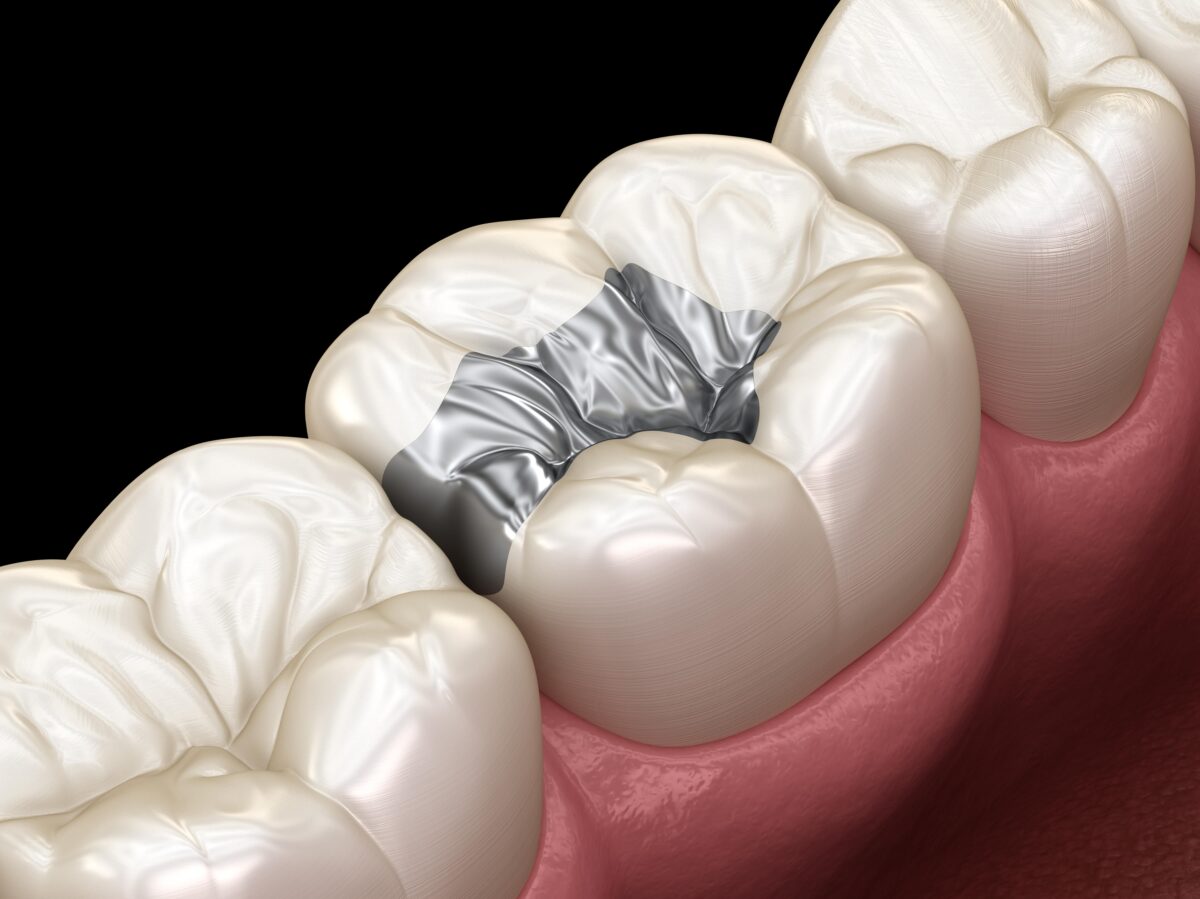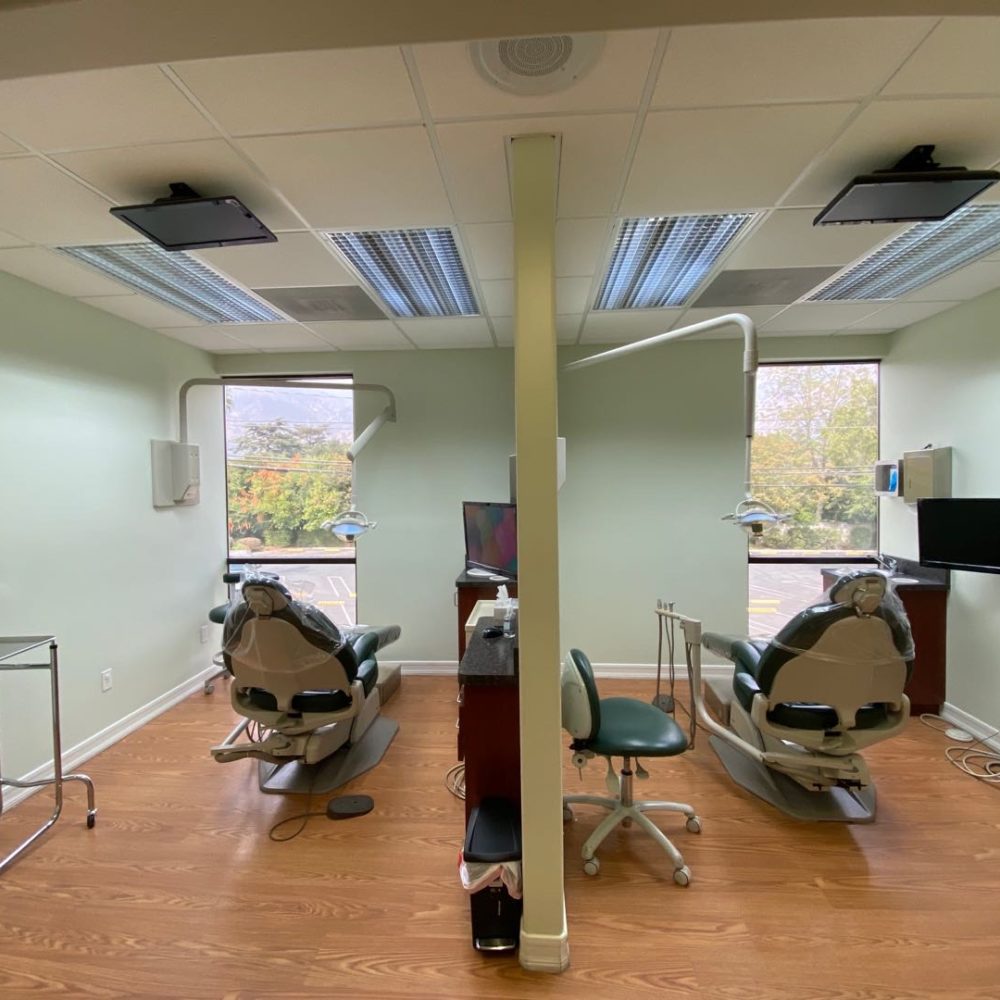If you are missing one or more teeth, you may be considering dental implants as an option for replacing them. Dental implants are the most natural-looking and functional replacement for missing teeth, but many people are unsure of how long the process takes. In this blog post, we will describe the entire dental implant process in detail. We will explain what happens during each step of the process and how long it takes. Keep reading to learn more!
Consultation:

The first step in the dental implant process is a consultation with your dentist. During this appointment, your dentist will assess your oral health and determine if you are a good candidate for dental implants. You can expect them to perform an oral examination, ask you about your medical history and treatment goals, and take diagnostic images. In most cases, you will have dental x-rays and/or a CBCT scan taken.
Bone Augmentation Procedures:
If you are missing bone in your jaw, you may need to have a bone augmentation procedure before getting dental implants. This can add some time to the overall process since this will be done before your dental implant surgery. There are several different types of bone augmentation procedures, and the type you have will depend on your individual needs. The length of time it takes to recover from a bone augmentation procedure can vary, but it is typically around four to six months.
Dental Implant Surgery:

Once your bone has healed from the bone augmentation procedure (if you needed one), you will be ready for dental implant surgery. During the surgery, your dentist will make an incision in your gums, drill into your jawbone, place the implant, and suture the gums up over the implant. This surgery is done as an outpatient procedure, which means you will not need to stay in the hospital overnight. The surgery itself usually takes about an hour, but you will need to be at the dental office for until you come out of anesthesia.
Recovery:
After your dental implant surgery, you will need to take some time to recover. During this time, you will likely experience some swelling and bruising around your mouth. You will also need to take it easy and avoid strenuous activity. Recovery from dental implant surgery typically takes about 1-2 weeks for the incision to heal, however it can take 3-6 months for the implants to completely fuse with the surrounding bone.
Permanent Restoration:
Once your mouth has healed from the dental implant surgery, you will need to have a permanent restoration placed on the implants. This can be done with a dental crown, bridge, or denture. The type of restoration you need will depend on the number of teeth you are missing and where they are located in your mouth. Once the permanent restoration is placed, you will be able to use your implants just like natural teeth!
In Conclusion
In this blog post, we have described the dental implant process in detail. As you can see, the dental implant process takes several months from start to finish. However, it is worth the wait to have a beautiful, functional smile that you can be proud of! If you are considering dental implants, we encourage you to schedule a consultation with your dentist to learn more.





